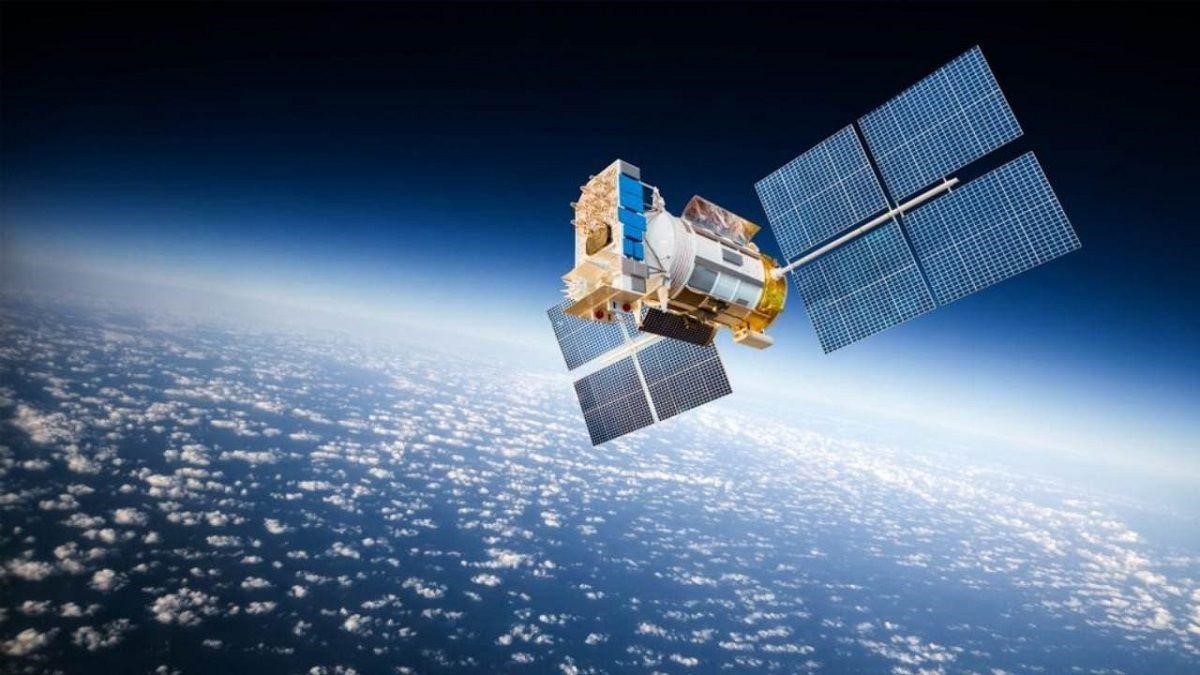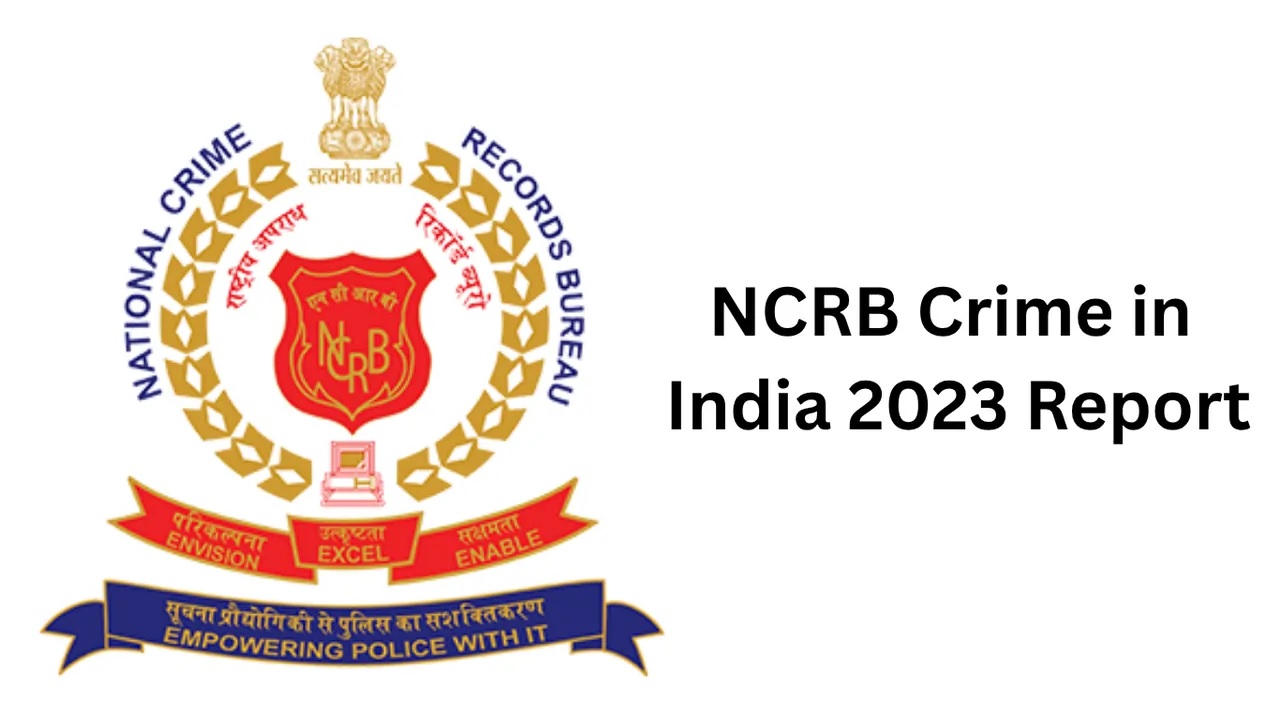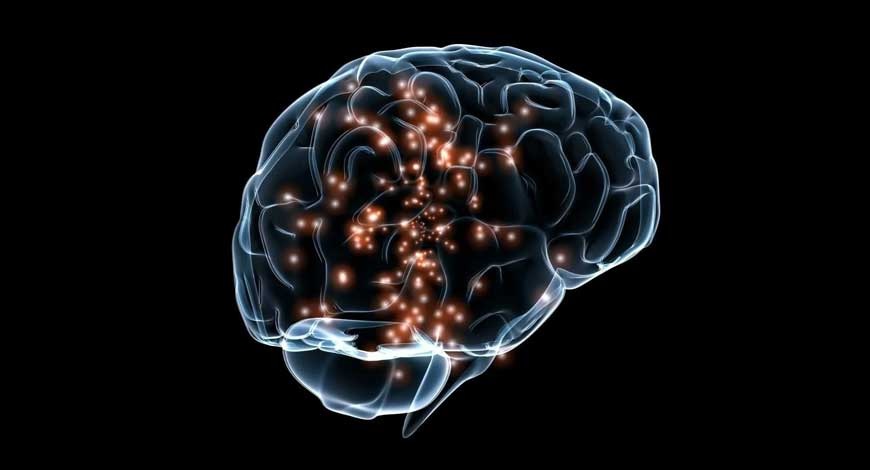India’s first
dedicated Space Astronomy Observatory, AstroSat completed a decade of
operations.It is the India’s first multi wavelength space observatory aimed at
studying celestial sources in X-ray, optical and UV spectral bands
simultaneously.It was launched aboard the PSLV-C30 in 2015 from the Satish
Dhawan Space Centre.The minimum useful life of the AstroSat mission is expected
to be 5 years.
Objectives
¨
To understand high energy processes in binary star systems containing
neutron stars and black holes.
¨ To estimate magnetic fields of neutron stars.
¨ To study star birth regions and high energy
processes in star systems lying beyond our galaxy.
¨ To detect new briefly bright X-ray sources in
the sky.
¨
To perform a limited deep field survey of the Universe in the
ultraviolet region.
Five
payloads of the AstroSat
1.
Ultraviolet Imaging Telescope (UVIT) observes visible, near, and far
ultraviolet light.
2. Large Area X-ray Proportional Counter (LAXPC)
studies X-ray variations from sources like X-ray binaries and active galaxies.
3. Soft X-ray Telescope (SXT) monitors time
variations in X-rays from 0.3-8 keV.
4. Cadmium Zinc Telluride Imager (CZTI) detects
high-energy X-rays in the 10-100 keV range.
5.
Scanning Sky Monitor (SSM) scans the sky for bright and transient X-ray
sources.
Achievements
of AstroSat
¨
International Collaboration: AstroSat has a registered userbase close to
3400 from 57 countries world over from countries like US to Afghanistan and
Angola.
¨ Research in India: AstroSat has advanced
space science in India by incorporating astrophysics research into 132
universities. Almost half of its users are Indian scientists and students,
fostering the growth of a new generation of astronomers.
¨ Farthest Objects: AstroSat detected extreme-UV
light from a galaxy located 9.3 billion light-years away, contributing to the
understanding of the universe’s early history.
¨ Gamma-Ray Bursts: The mission detected its
600th gamma-ray burst (GRB), showcasing the performance of its Cadmium Zinc
Telluride Imager (CZTI).
¨ Rare Stars: AstroSat identified unusual hot,
UV-bright stars in the Milky Way, with one being 3,000 times brighter than the
Sun.
¨ Stellar and Black Hole Research: The
observatory has provided data on stellar brightness and variability, revealing
insights into stellar evolution and black hole interactions.
¨
Galaxy Cluster Dynamics: AstroSat’s observations of galaxy clusters have
yielded data on their complex dynamics and the distribution of hot gases within
them.




